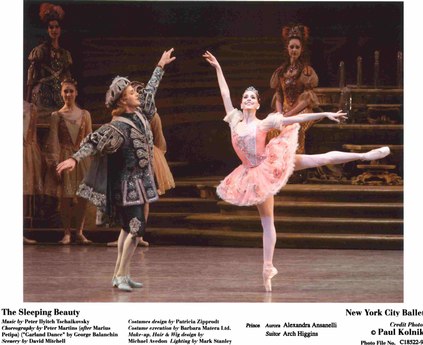 Edmund Dulac
Edmund DulacEarliest influence-"Perceforest," French romance from 1528, which has similar elements-mainly a girl getting raped in her sleep.
 Edmund Dulac
Edmund DulacGiambattista Basile-"Sun, Moon, and Talia," from Il Pentamerone. A version can be read online here. Several suprising elements of this story-
-Talia is not cursed by a bad fairy, just had a bad horoscope.
-She doesn't prick her finger on a spindle, but gets flax under her fingernail
-A passing young king finds a hot, unconscious girl and rapes her
-Talia became pregnant from this and birthed twins. She woke when one of the twins sucked the flax out of her finger and names them Sun and Moon
-The young king thought to check back on his hot, unconcious lover and finds her alive and with his twins. They fall in love. Problem: he's married. His wife orders the children to be cooked, but the kindly cook hid the children.
-The Queen is about to burn Talia. She cries while removing her clothing and the King hears and comes. The King has the Queen burned instead and is about to burn the cook (thinking he had eaten his own children) but the cook brings out the children and is spared.
-Takeaway lesson: "And of course he married Talia, who lived a long and happy life with her husband and children, always knowing full well that "The person who is favored by fortune has good luck even while sleeping." "
 Gustav Dore
Gustav DorePerrault-"Sleeping Beauty"-from Histoires ou Cont du temps passe, 1697. Online version available here.
Noteables from Perrault's version-
-Introduction of fairies, spindle prick curse, and hundred year sleep as antidote
-the good fairy puts servants to sleep to be there to serve the Princess when she wakes, but sends the parents away
-The passing prince hears of the tales and enters the castle. He doesn't actually kiss her, just happens to be there the moment the hundred years are over. They were married that night.
-The prince kept the marriage a secret. Again he fathers two children, Dawn and Day.
-The cannibalism attempt on the children and rescue by cook is repeated, but this time by the ogre mother-in-law. The Queen's fate is to be eaten as well.
-Ogre mom hears Day crying one day after she thought she had eaten them. Furious, she sets up a huge vat to be filled with vipers, toads, and all kinds of horrible animals, to kill the Queen and her children. The Prince returns home just in time to throw his mother in instead.
 Gustav Dore
Gustav Dorethe brothers Grimm-"Briar Rose" in their Kinder und Hausmarchen, first edition 1812-online version here
Grimm notables:
-Story starts with childless couple wishing for child, wish granted by fish (or frog)
-This version is very close to the Perrault version, only it ends after the marriage-no ogres and attempted cannibalism
-the whole royal family is put to sleep
-Finally, the moment we've all been waiting for-the magic awakening kiss is introduced
 New York City Ballet - Sleeping Beauty - Alexandra Ansanelli as Princess Aurora, Arch Higgins as a SuitorPhoto courtesy of Paul Kolnik
New York City Ballet - Sleeping Beauty - Alexandra Ansanelli as Princess Aurora, Arch Higgins as a SuitorPhoto courtesy of Paul KolnikThe ballet Sleeping Beauty-Music by Pyotr Tchaikovsky-1890 (read more on wikipedia)
Story noteables:
-Mostly based on the Grimm version
-After the kiss, a huge wedding is celebrated with many fairy tale characters, who each get to do a dance
-Names: Sleeping Beauty-Aurora, Prince-Florimund, bad fairy-Carabosse, main good fairy-the Lilac Fairy
-Note: details of plot and choreography will differ from company to company. So the ballet version is more malleable, more like the original oral versions, than the set-in-stone literary versions listed here. Disney movie-Sleeping Beauty-(1957)
Disney movie-Sleeping Beauty-(1957)
Noteables:-Only three good fairies instead of twelve
-The good fairies raise Briar Rose in an attempt to hide her from Maleficent
-This Princess meets and falls in love with the Prince before falling asleep
-A whole battle scene is added between the Prince and Maleficent, who is a dragon for part of the time
-Plot and characters embellished to make a full-length musical
-Soundtrack mostly taken from the Tchaikovsky ballet music


No comments:
Post a Comment